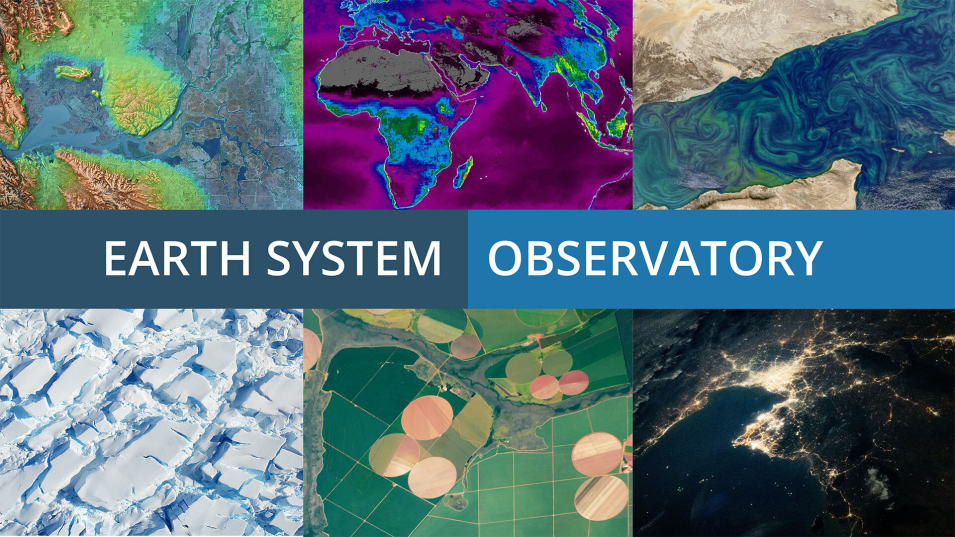NASA’s Earth System Observatory (ESO) is a coordinated series of missions designed to obtain measurements of multiple Earth processes. These missions will generate more data than any previous NASA missions. For example, the NASA/Indian Space Research Organization Synthetic Aperture Radar mission (NISAR; scheduled for launch in 2024) is expected to generate up to 50 petabytes (PB) of data per year (to put this in perspective, 1 PB is equivalent to approximately 500 billion pages of printed text).
In keeping with NASA’s open data policies, ESO data will be available to global research teams—or anyone with an internet connection—as early in the mission process as feasible. But these data must be processed before they can be used. This is where a Mission Data Processing System (MDPS) comes in.
The MDPS is the set of algorithms, software, compute infrastructure, operational procedures, documentation, and teams that process raw instrument data into science quality data products. The MDPS also includes the software tools that support the development of processing algorithms and the validation and analysis of the processed data.



